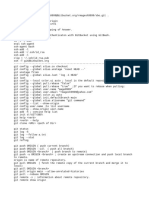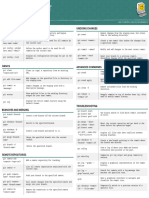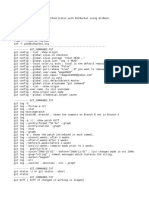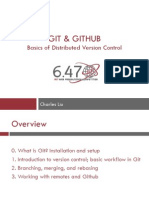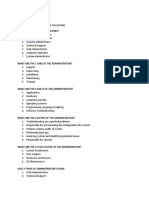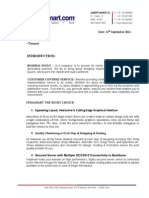0% found this document useful (0 votes)
16 views2 pagesGit
The document provides an overview of various Git commands and concepts, including configuration, pulling changes, reverting commits, stashing changes, and the differences between merging and rebasing. It explains the functionality of commands like git reset, git revert, and git stash, as well as the concepts of forking and cloning repositories. Additionally, it touches on handling conflicts, fixing broken commands, and understanding the Git tree structure.
Uploaded by
rekha.ubbuCopyright
© © All Rights Reserved
We take content rights seriously. If you suspect this is your content, claim it here.
Available Formats
Download as TXT, PDF, TXT or read online on Scribd
0% found this document useful (0 votes)
16 views2 pagesGit
The document provides an overview of various Git commands and concepts, including configuration, pulling changes, reverting commits, stashing changes, and the differences between merging and rebasing. It explains the functionality of commands like git reset, git revert, and git stash, as well as the concepts of forking and cloning repositories. Additionally, it touches on handling conflicts, fixing broken commands, and understanding the Git tree structure.
Uploaded by
rekha.ubbuCopyright
© © All Rights Reserved
We take content rights seriously. If you suspect this is your content, claim it here.
Available Formats
Download as TXT, PDF, TXT or read online on Scribd
/ 2






